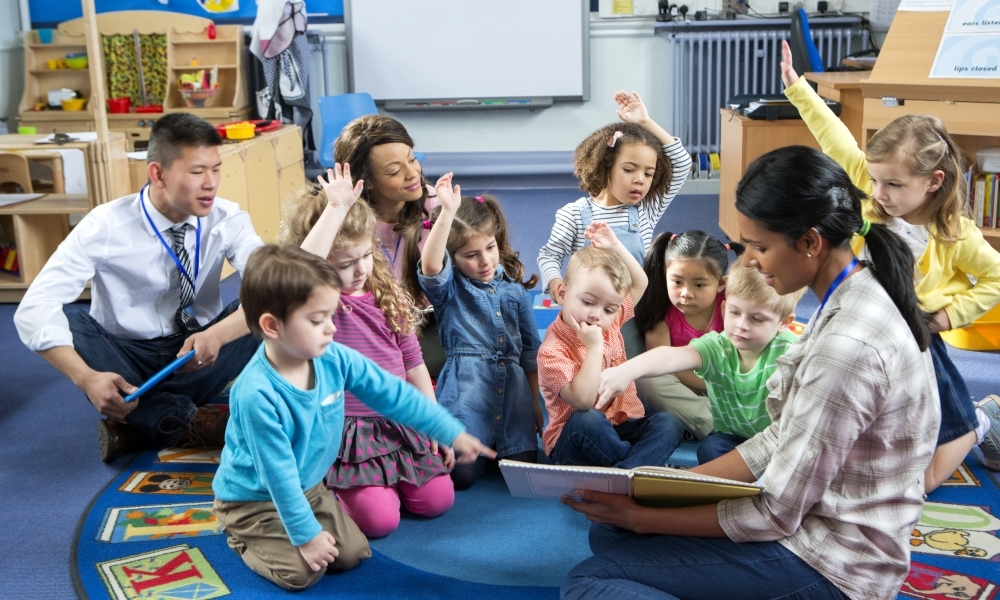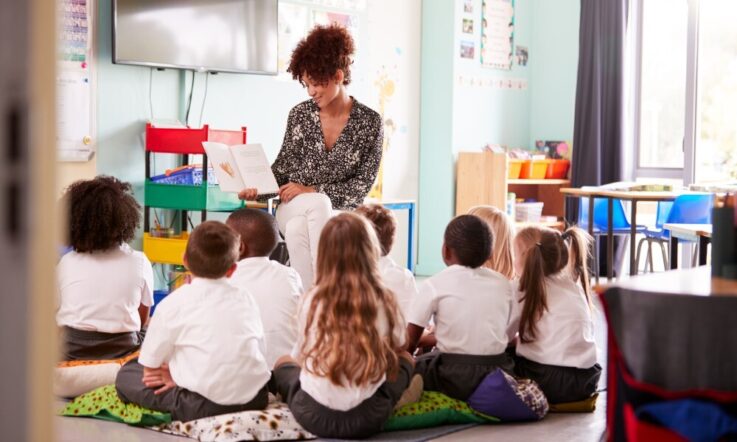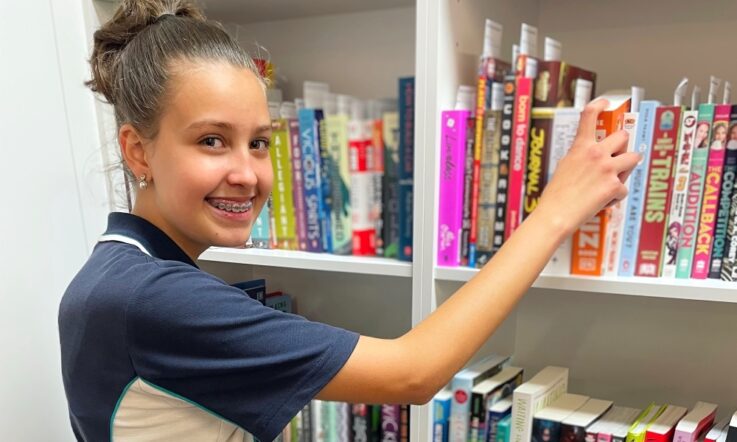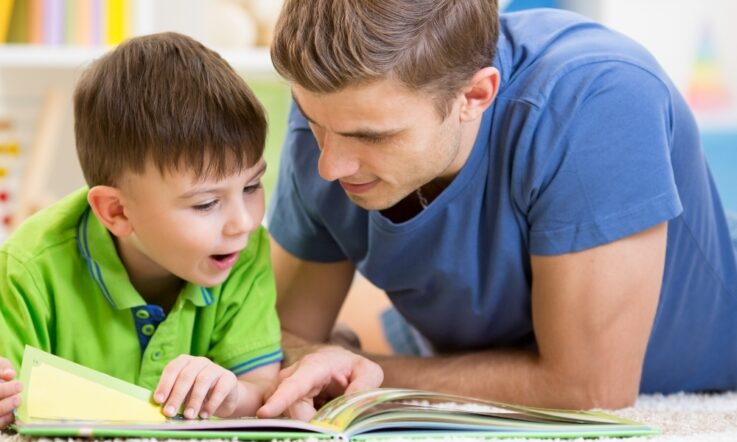Developing children’s reading skills as they start primary school can often mean meeting children at a range of different levels, with diversity of backgrounds, experience and confidence, and finding that special ‘hook’ that can open a child up to the wonders of reading.
In her article published in the Journal of Early Childhood Literacy, Dr Lexie Scherer, Senior Lecturer in Childhood Studies at the University of Portsmouth in the UK explores the function of the reader-response method for engaging students aged 6 to 7 in learning to read at school, by bringing their own worlds and experiences into the learning.
‘Reader-response theory is actually a fairly old idea … from Louise Rosenblatt in the late 1930s,’ Dr Scherer tells Teacher. 'And really the idea is that there are 2 types of reading… So you have efferent reading which is on the line, kind of very straight forward answering of questions, and then there’s aesthetic reading, which is kind of deeper … because it asks children to bring in their own context and to read with their emotions.’
Giving an example of the 2 types of reading, Dr Scherer explains that efferent reading might involve questions such as ‘what colour was the boy’s jumper?’, whereas aesthetic reading might involve asking questions like, ‘how did that make you feel?’ and ‘where would you put yourself in this story?’
‘What [Rosenblatt] suggests is that usually we focus on the efferent reading in schools,’ Dr Scherer explains, citing examples in the UK context such as spelling and grammar in Key Stage One (Kindergarten), as well as phonics.
Fostering a deeper engagement with literature
We know that being able to relate to and empathise with people, places or things in literature can boost young people’s engagement with learning to read. The reader-response method enables readers to connect with literature at a more personal level, by valuing the reader as a ‘whole’.
‘So again, going back to Louise Rosenblatt’s theory, she actually says the text is not inert – that actually we have a dialogue with the text, so it only comes to life when we open the pages and we read. So we always bring our own context, whether that’s about our gender, whether that’s about our ethnicity, our age, maybe our location,’ Dr Scherer explains, adding that this holistic recognition of the child can, in turn, affect the development of literacy skills.
‘It allows children to bring their context in, and to access more powerful learning and boost self-esteem. So if someone’s saying that your views, your feelings, your experiences are valuable, and if you feel like you’re doing something well and you’re valued, then you’re going to do better at it.’
Reader-response can also be a powerful tool in building critical literacy skills, Dr Scherer explains, by encouraging children to connect their own experiences and feelings to the story. ‘So even if they haven’t dealt with a specific context, it’s important they have the opportunity to be asked, ‘did you ever feel a sense of wonder like that? When have you ever felt like that?’
Using reader-response in the classroom
Reflecting on how her research can be applied in a primary classroom, Dr Scherer offers a number of activities and approaches teachers can take to use the reader-response method to help students build their skills.
- Teaching students about reader-response: ‘Explaining the difference between efferent and aesthetic reading with students can help them to build their reader-response skills. ‘Teaching that to children so they know what is being asked of them is really powerful. And that’s linked with a wider assessment for learning framework, where you’re sharing learning outcomes with them.’
- Setting up literacy circles: ‘So, that’s about reading and simply taking time to enjoy text, and to say, “what did you think about it? What did you feel about it? What characters did you identify with? How have you felt like that?” So not reading purely for assessment, or not purely to work out children’s levels.’
- Visual literacy: ‘This is about how we then teach children to look at pictures. So maybe you’ll have an interesting picture and you’ll pose some open questions as a starter for a project or topic.’
- ‘Talk for writing’: ‘This is where you get children to just start talking about a picture, and that could then prompt writing a story or writing a report, depending on the genre.’
- Child-initiated activities: ‘You can ask students to bring in their own picture of home or whatever it might be – something that interests them – and then they could talk about how it makes them feel. And that could then be a platform for writing or further reading.’
‘I think there’s quite a lot of scope with reader-response, if you can make the time for it,’ Dr Scherer says. ‘So I don’t think it would be something that would be a struggle to introduce to children – I think they would naturally enjoy that kind of approach because it focuses on their interests, and that’s something they like doing, they like to talk about what they can do well.’
References
Rosenblatt, L. (1970). Literature as Exploration (2nd ed.). University of Illinois Press. https://doi.org/10.2307/3331557
Scherer, L. (2022). ‘Where would you be in the picture?’: Using reader-response with children in primary school. Journal of Early Childhood Literacy, 22(2), 182–206. https://doi.org/10.1177/1468798420913991
In this article, Dr Lexie Scherer offers a number of strategies to engage children in reading using the reader-response method. Which of these strategies could you use in your own classroom?
Reflecting on the books in your school library, do the characters and places represent the diversity of students at your school?



